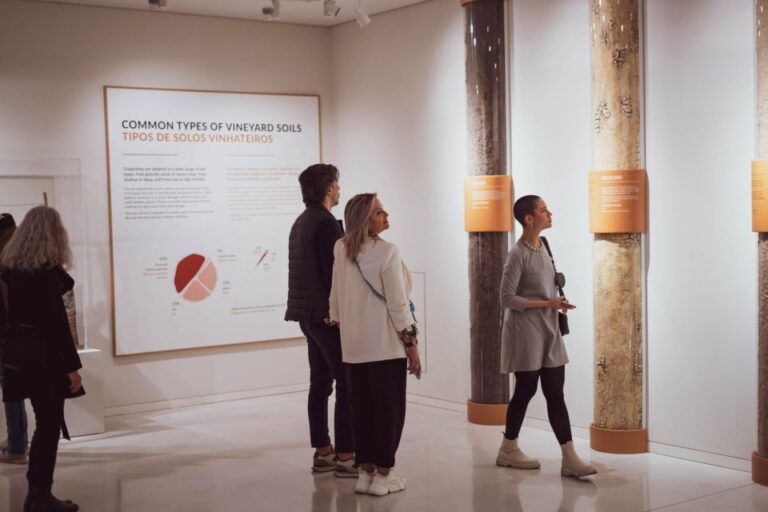Welcome in Māori
A journey into the world of ‘Welcome in Māori’ unveils a tapestry of cultural intricacies that go beyond mere salutations. As the curtain rises on the customs and traditions of the Māori people, a deeper appreciation for their profound connection to land, community, and heritage emerges.
The exploration of Māori greetings transcends mere words; it is a gateway to understanding the essence of hospitality, respect, and unity. But what lies beneath these welcoming gestures, and how do they shape the social dynamics of this indigenous community?
Key Points

- Māori welcome embodies hospitality, respect, and cultural exchange.
- Traditional practices like Powhiri symbolize unity, hospitality, and ancestral honor.
- Greetings in Te Reo Māori signify connection, respect, and culture.
- Understanding Māori hospitality etiquette fosters cultural understanding and mutual respect.
Here's some more nearby activities we've reviewed
Cultural Significance of ‘Welcome
The ‘Welcome’ in Māori holds profound cultural significance, embodying a tradition rich in hospitality and respect. Cultural exchange is a fundamental aspect of this welcoming gesture, allowing for a deep culture experience.
When visitors are greeted in Māori, they aren’t only welcomed into a space but also invited to partake in the traditions and values of the Māori culture. This exchange goes beyond mere words; it signifies a mutual respect and openness to learning about each other’s customs.
Through this culture, both hosts and guests have the opportunity to share and appreciate each other’s unique perspectives, fostering a sense of connection and understanding that transcends language barriers.
Greetings in Te Reo Māori
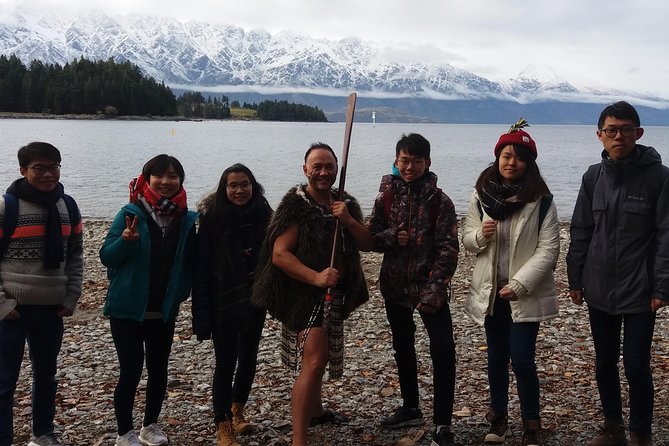
Exploring the cultural nuances of Te Reo Māori, one can uncover the intricate art of greetings deeply rooted in tradition and respect. Traditional rituals play a significant role in Māori greetings, reflecting a deep culture. The table below highlights some common Māori greetings and their English translations:
| Māori Greeting | English Translation |
|---|---|
| Kia ora | Hello/Thank you |
| Tēnā koe | Greetings to you |
| Haere mai | Welcome |
| Nau mai | Welcome |
| Kei te pēhea koe? | How are you? |
These greetings are more than just words; they embody the spirit of connection and hospitality that are fundamental in Māori culture.
Traditional Māori Welcome Practices
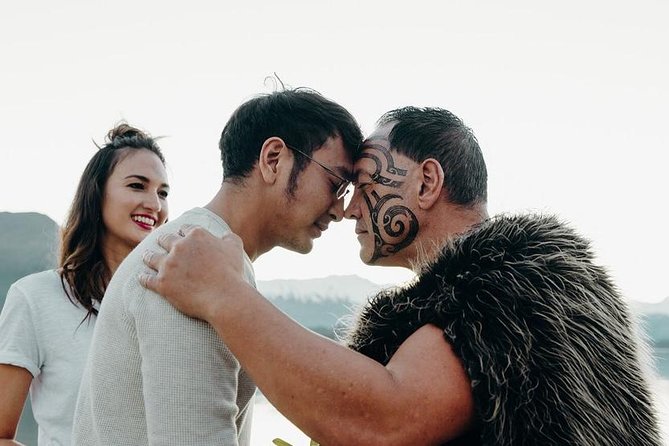
Delving into the rich cultural heritage of the Māori people unveils the intricate and deeply meaningful practices of traditional Māori welcomes. These welcomes are steeped in traditional rituals and cultural protocols that hold significant importance in Māori gatherings.
One of the key aspects of a traditional Māori welcome is the Powhiri ceremony, a formal welcoming ritual that involves speeches, singing, and the pressing of noses known as the hongi. This ceremony signifies the coming together of two parties, acknowledging their shared values and connections. The Powhiri ceremony is a sacred practice that symbolizes respect, unity, and the spirit of hospitality within the Māori culture.
Through these traditional rituals, Māori communities honor their ancestors and foster a sense of belonging and whanaungatanga (kinship) among all participants.
Importance of Powhiri Ceremony
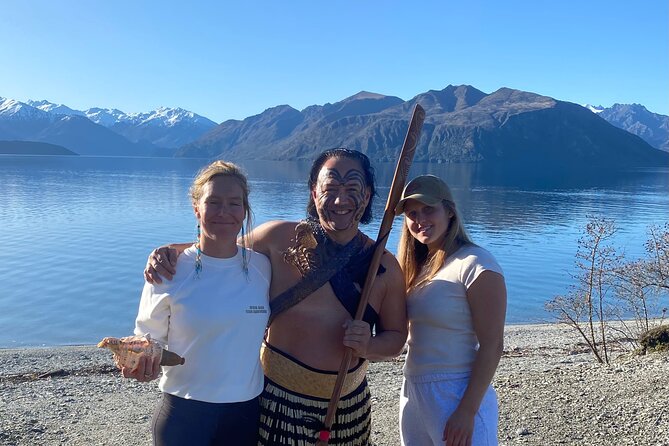
Embarking on a journey into the heart of Māori cultural traditions unveils the profound significance of the Powhiri ceremony, a revered ritual symbolizing unity and respect within the Māori community. The importance of this ceremony lies in its deep-rooted connection to Māori values and beliefs, serving as a cornerstone for fostering relationships and honoring visitors. Three key aspects highlight the essence of the Powhiri ceremony:
-
Ceremony customs: The Powhiri ceremony follows a structured process involving speeches, singing, and the hongi (the pressing of noses) to signify the blending of breath, sharing the same air, and signifying the unity of those present.
-
Indigenous traditions: This ceremony reflects the rich history and cultural heritage of the Māori people, showcasing their ancestral customs and protocols.
-
Unity and Respect: Through the Powhiri ceremony, the Māori community demonstrates a deep sense of hospitality, welcoming guests with open arms and hearts, fostering a sense of unity and respect.
Māori Hospitality Etiquette
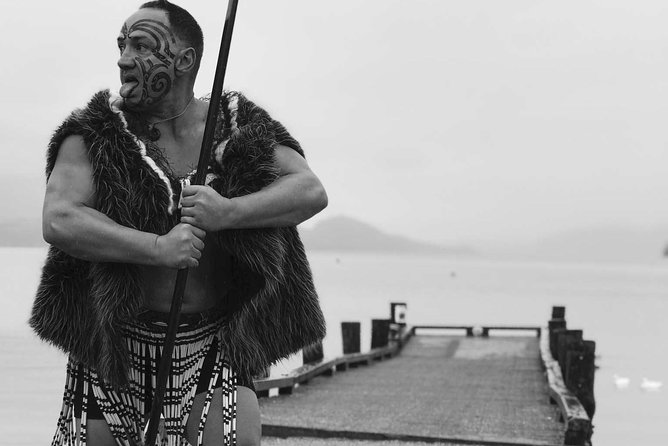
For a genuine immersion into Māori culture, visitors can experience the warmth of traditional Māori hospitality etiquette. Understanding Māori customs is essential for fostering cultural understanding. Here are some key aspects of Māori hospitality etiquette:
| Māori Hospitality Etiquette | Description | Significance |
|---|---|---|
| Pōwhiri | Formal welcome ceremony | Acknowledges guests |
| Koha | Gift-giving tradition | Shows respect and gratitude |
| Hongi | Traditional greeting | Sign of unity and respect |
| Whanaungatanga | Building relationships | Emphasizes kinship ties |
Here's a few more nearby tours and experiences we have reviewed.
Common questions
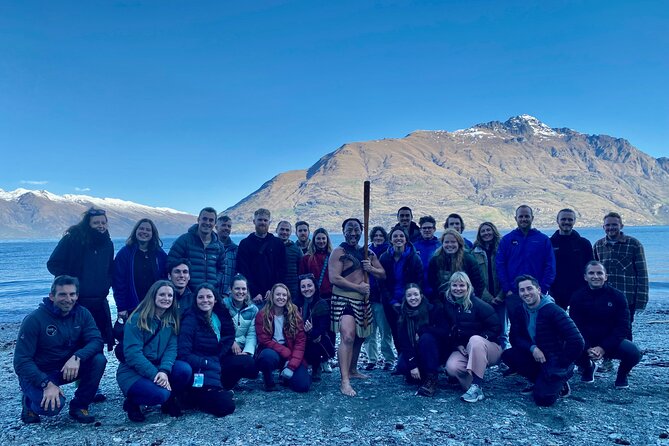
Can Travelers Participate in a Traditional MāOri Welcome Ceremony During the Tour?
Travelers can engage in a culture through traditional Māori welcoming rituals during the tour. This experience enhances the overall tour experiences, offering a unique opportunity for traveler engagement and a deeper understanding of Māori customs and traditions.
Are There Any Specific Protocols or Customs to Be Aware of When Being Welcomed in a MāOri Context?
When being welcomed in a Māori context, it is essential to show cultural sensitivity and respect indigenous traditions. Understanding Maori customs and following welcome etiquette can enhance the experience and build meaningful connections with the hosts.
How Does the Tour Incorporate MāOri Cultural Practices Beyond Just Greetings and Welcomes?
The tour offers culture through hands-on experiences like authentic Māori Bone Carving and WanaHaka Tea Towel Souvenir. Participants can engage in Māori practices beyond greetings, providing a deeper understanding and connection to the culture.
Are There Opportunities for Travelers to Learn More About the History and Meaning Behind MāOri Welcoming Traditions?
Travelers on the tour can enjoy Māori cultural traditions through engaging experiences that include traditional storytelling techniques. They have opportunities to explore the history and meanings behind Māori welcoming practices, enhancing their cultural understanding.
Is There a Chance to Interact With Local MāOri Community Members During the Tour?
During the tour, travelers have the opportunity for local interactions and culture with the Maori community. Engaging in authentic experiences, visitors can participate in community engagement and gain insights into the rich traditions and history.
Here's more of our most recent tour reviews happening neaby
- Wanaka: Full-Day Guided Packrafting Tour With Lunch
- Wanaka: Waterfall Climb and Canyon Tour
- Ebike Tour Lake Hawea River Track to Wanaka
- Lake Wanaka Happy Hour Cruise
- From Wanaka: Ruby Island 1-Hour Cruise and Photo Walk
- Wānaka And Hāwea: Trail Ride on Bike or E-Bike
- Wanaka: Scenic Hot Air Balloon Flight
- Wanaka: Water Taxi & Mou Waho Island Tour
- Introduction to Wanaka Rock Climbing – Full Day
- 3 Hour in Wanaka Fishing Charters
- Wanaka Snowshoe Tour
Last Words
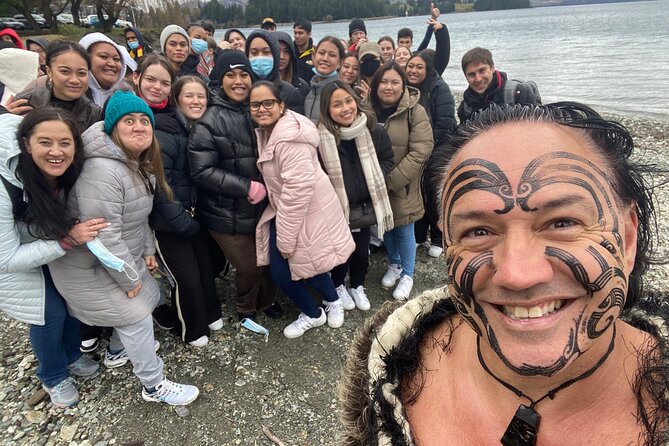
To sum it up, the traditional Māori greetings and welcoming practices hold a profound cultural significance, reflecting the values of connection, respect, and inclusivity within the Māori community.
Through the intricate customs of the Powhiri ceremony and Māori hospitality etiquette, visitors and locals alike can experience the warmth and hospitality of Māori culture.
Embracing these traditions allows for a deeper appreciation of the rich heritage and customs of the Māori people.

